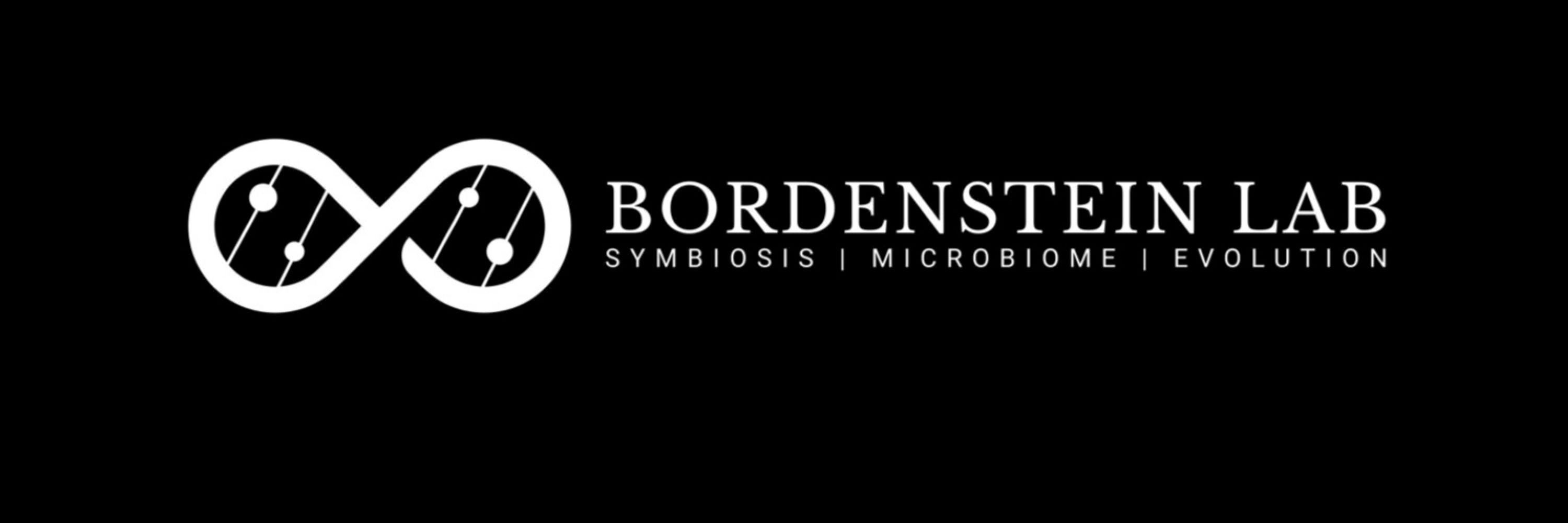Seth Bordenstein
@symbionticism.bsky.social
3.7K followers
360 following
380 posts
Scientist, Huck Professor: Microbiome, Virome, Symbiosis, Evolution, Genetics, Phylosymbiosis, Holobiont, Wolbachia, Phage | Director of One Health Microbiome Center @psumbiome.bsky.social | SciEd: @wolbachiaproj.bsky.social | @holobiontbiology.bsky.social
Posts
Media
Videos
Starter Packs
Reposted by Seth Bordenstein
Reposted by Seth Bordenstein
Reposted by Seth Bordenstein
Reposted by Seth Bordenstein















